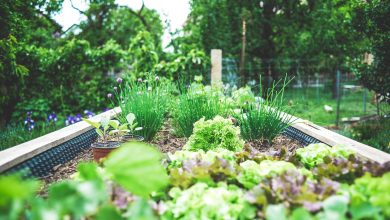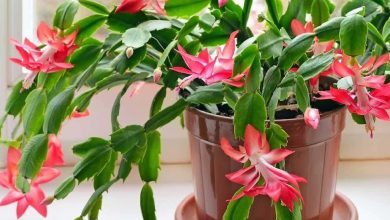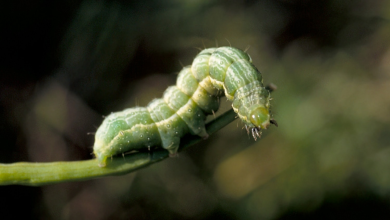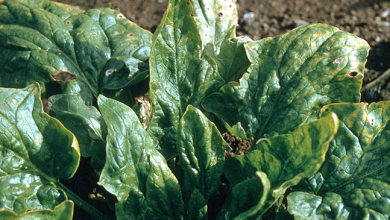Caring for Picea glauca or white fir
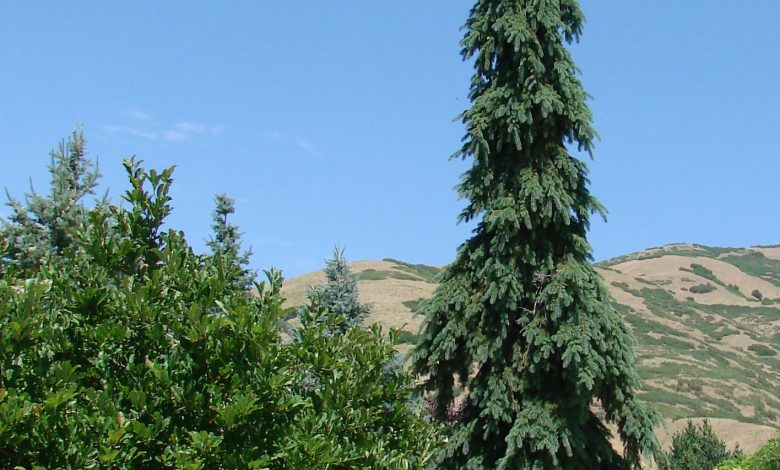
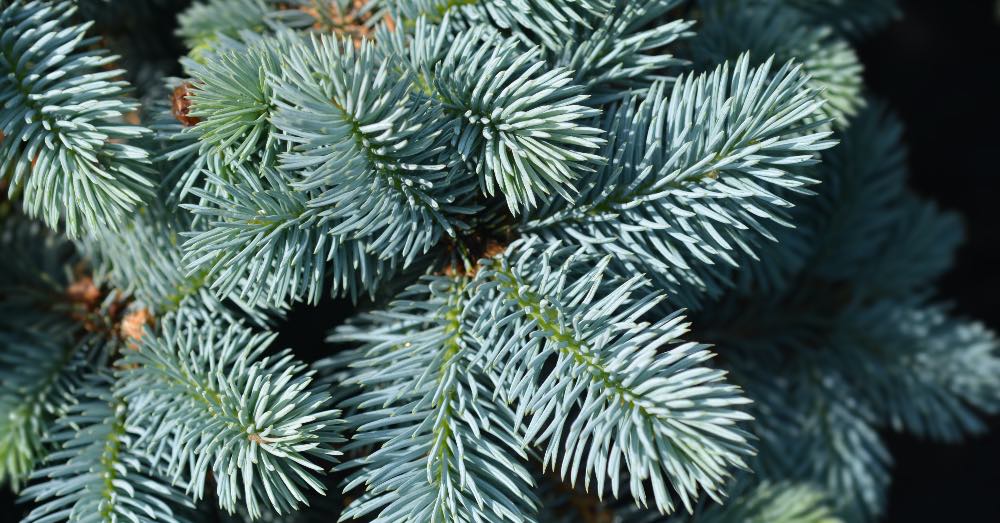
It is one of the most popular fir trees, and yet it is not well known. Picea glauca is a regular in parks and gardens for a number of reasons. It is not only one of the most beautiful conifers, thanks to the whitish touch of its leaves. In addition, its rustic character makes it one of the least demanding and most resistant outdoor plants, especially to the rigors of winter. More than enough reasons to include it among our nature selection.
Despite being a slow-growing species, Picea glauca develops over the years an extremely attractive pyramidal appearance that reminds us of Christmas. A reason why is often the answer when we consider how to choose the natural Christmas tree. On the one hand, its size is smaller than that of the classic Christmas fir trees. On the other hand, and given that it can be grown in a good-sized pot, we can enjoy it from year to year without problems.
So let’s see what the Picea glauca requires to show off those unique white leaves that give it its popular name of white fir.
KEYS TO CULTIVATION OF PICEA GLAUCA
Before anything else, it is important to know that the Picea glauca shares a good part of its care with the rest of the conifers. For this reason and if you do not know them thoroughly, nothing like discovering them with Paula in just a few minutes.
Besides its size, there is another good reason to consider the Picea glauca among the types of natural Christmas trees. It is a purely practical detail, but we cannot ignore it, especially if there are children and pets in our house. Unlike spruce trees, the leaves of the genus Picea do not form pointed needles. A detail that may seem minor, but that is extremely interesting to avoid any setback with them.
Another important detail is that, unlike fir trees, this conifer does not have large roots in depth. A detail that, as we said before, facilitates its cultivation in good-sized pots and allows us to enjoy it, even on a terrace or balcony. It is also a perfect option if we consider how to make a rockery for the garden, since it will give us the verticality that this type of set needs without hindering the planting of other plant species around it.
Bearing these two aspects in mind, let’s see what it requires to show off the beautiful color of its perennial leaves with well-being and health.
1. Location and soil, crucial for Picea glauca
Wherever it is, there is something that we must contemplate and that is one of the fundamental care of conifers. Due to its origin, the Picea glauca must always be in a semi-shaded place. Although it is recommended that it receives lighting, it does not tolerate direct sun, especially in the summer months.
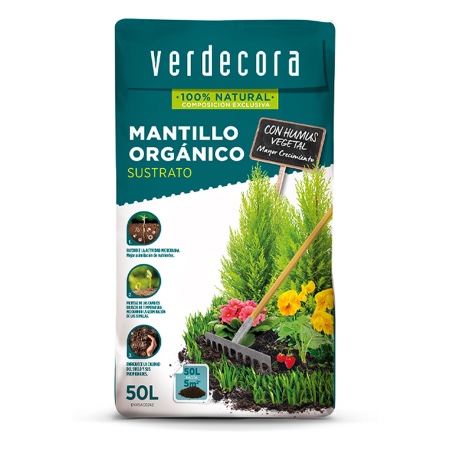
As important as this is to monitor the type of soil in which we plant it. We are talking about a conifer that does not support excess water in its roots, so the ideal is that we ensure good drainage. But in addition to this, it is essential that it has a soil with a percentage of sand that favors the aeration of the roots and the evaporation of excess water. In addition, it is essential that it has fertile soil since it needs nutrients to grow.
2. The temperature, something that should not worry us
The Picea glauca is native to the northern United States and Canada. An origin that already gives us a good clue about its tolerance to cold. Accustomed to cold climates and extreme temperatures, it does not suffer from frost or snow. It is capable of withstanding up to -18 degrees s, so we do not have to fear for its health in the winter months.
In the same way that it perfectly supports the cold, the same does not happen with the heat. For this reason, in the hottest months, it is worth moistening the leaves when the sun goes down to rehydrate them.
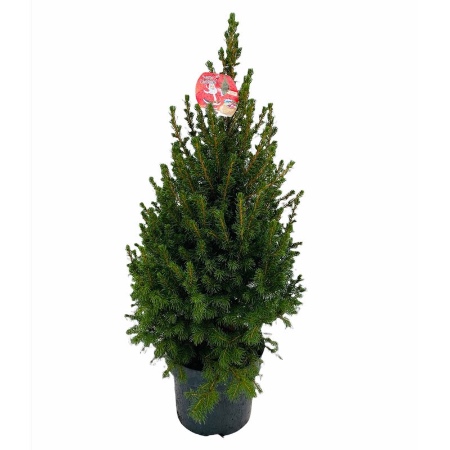
3. Irrigation, one of its most demanding care
It is, without a doubt, the aspect that we will have to take care of the most. As a good conifer, the Picea glauca does not get along very well with drought and always requires a slightly moist substrate.
Therefore, we must be rigorous with irrigation so that the ground is always fresh. If we have it planted in the ground, during a good part of the year we will not have to be aware of watering. However, if it is in a pot, we will have to be more cautious with humidity.
In the summer months, it is recommended that we water it when the sun goes down and always in depth to hydrate the roots.
4. The subscriber, another important aspect
As we said, the Picea glauca demands a soil rich in nutrients to be able to stay healthy and grow. Although it does not demand the fertilizer pattern of other plants, it is interesting to fertilize it from time to time to renew the soil and boost its development.
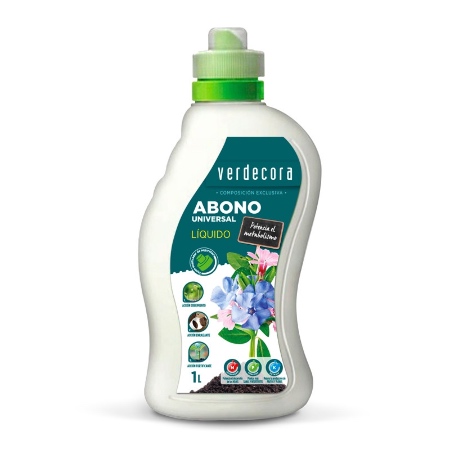
If we have it planted in a pot, we can administer a dose of fertilizer for green plants a couple of times a year. If it is planted directly in the ground, we will opt for an organic amendment every two years.
5. Pests, something that should not worry us
Since Picea glauca is a hardy species, it is incredibly hardy so it will save you having to research how to get rid of garden pests. If anything, we will have to be aware of its only and great enemy: the red spider. An insect that we can detect if we see that the leaves begin to acquire a brown hue.
Beautiful, hardy and easy to grow. Impossible not to become a fan of Picea glauca!

